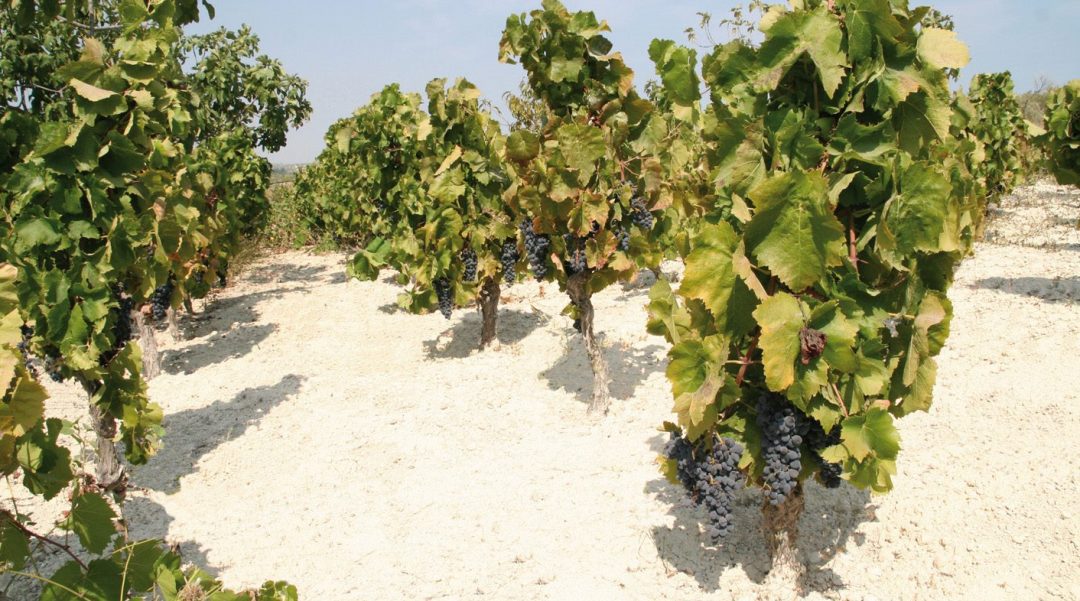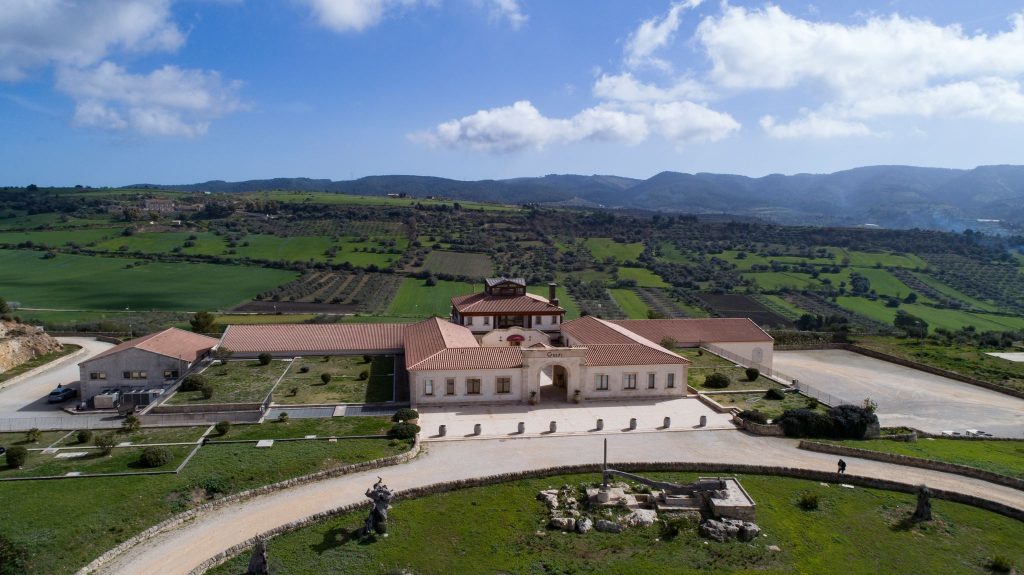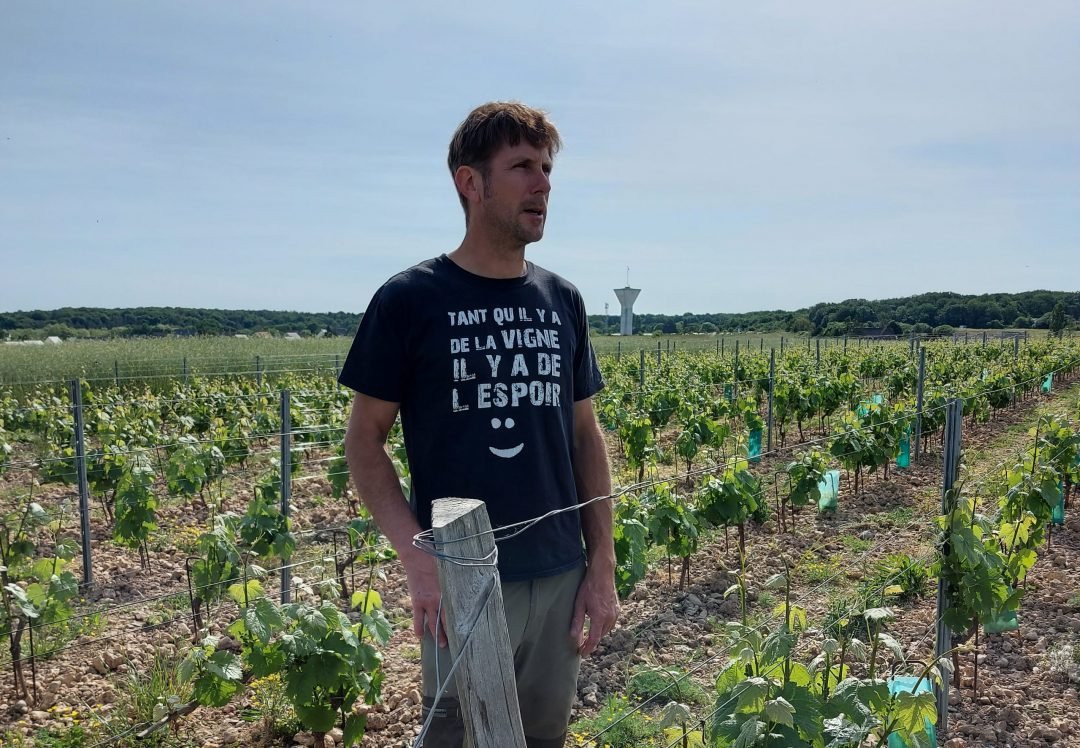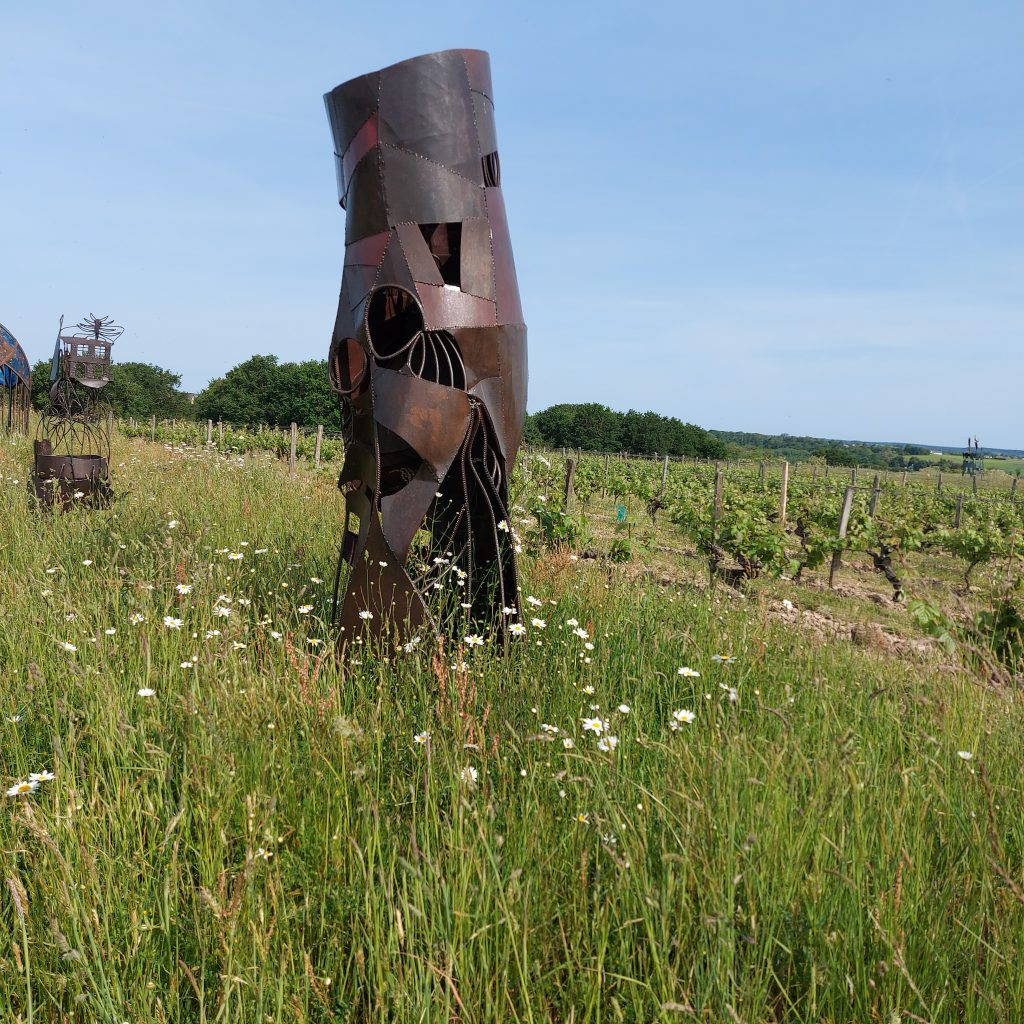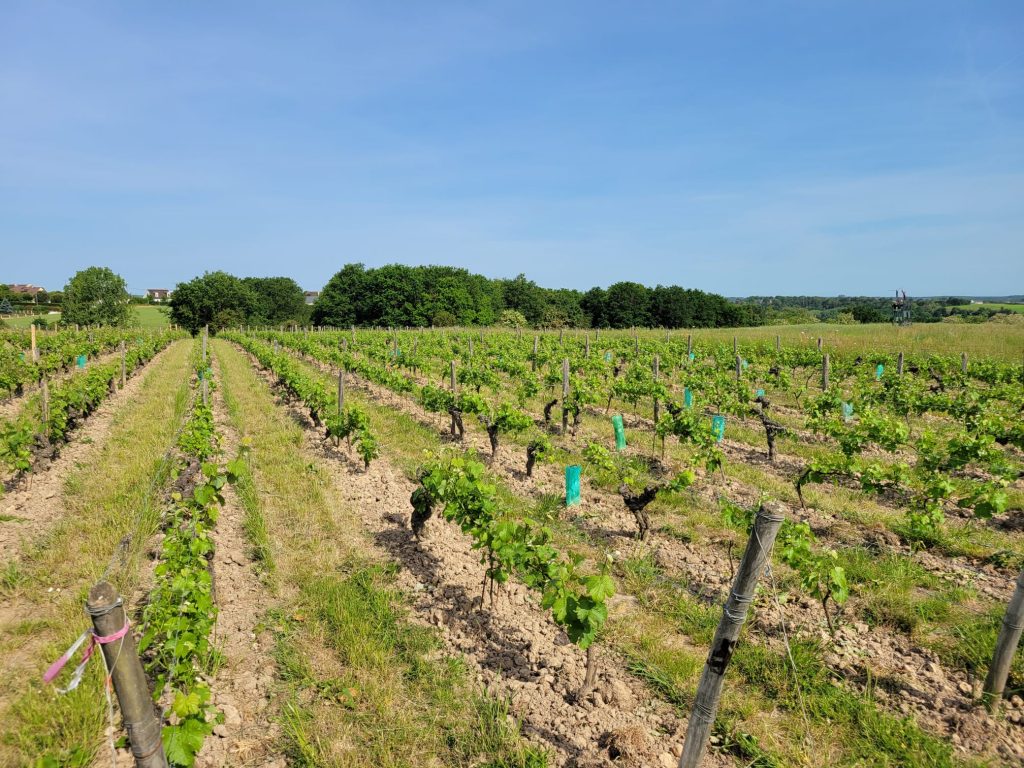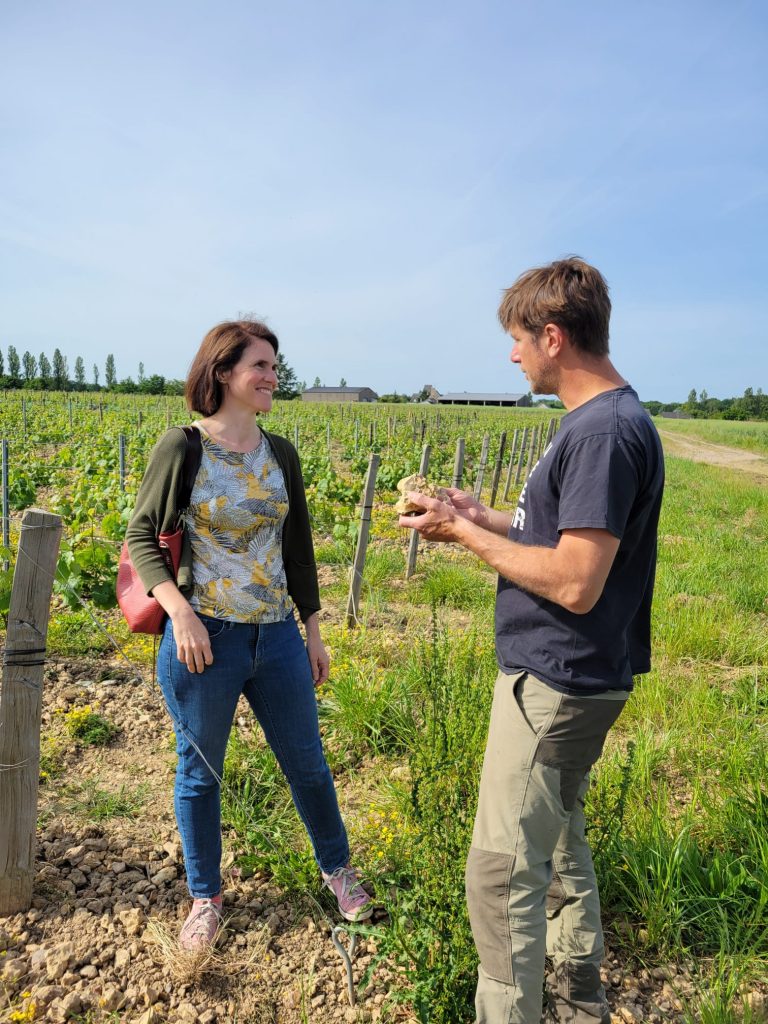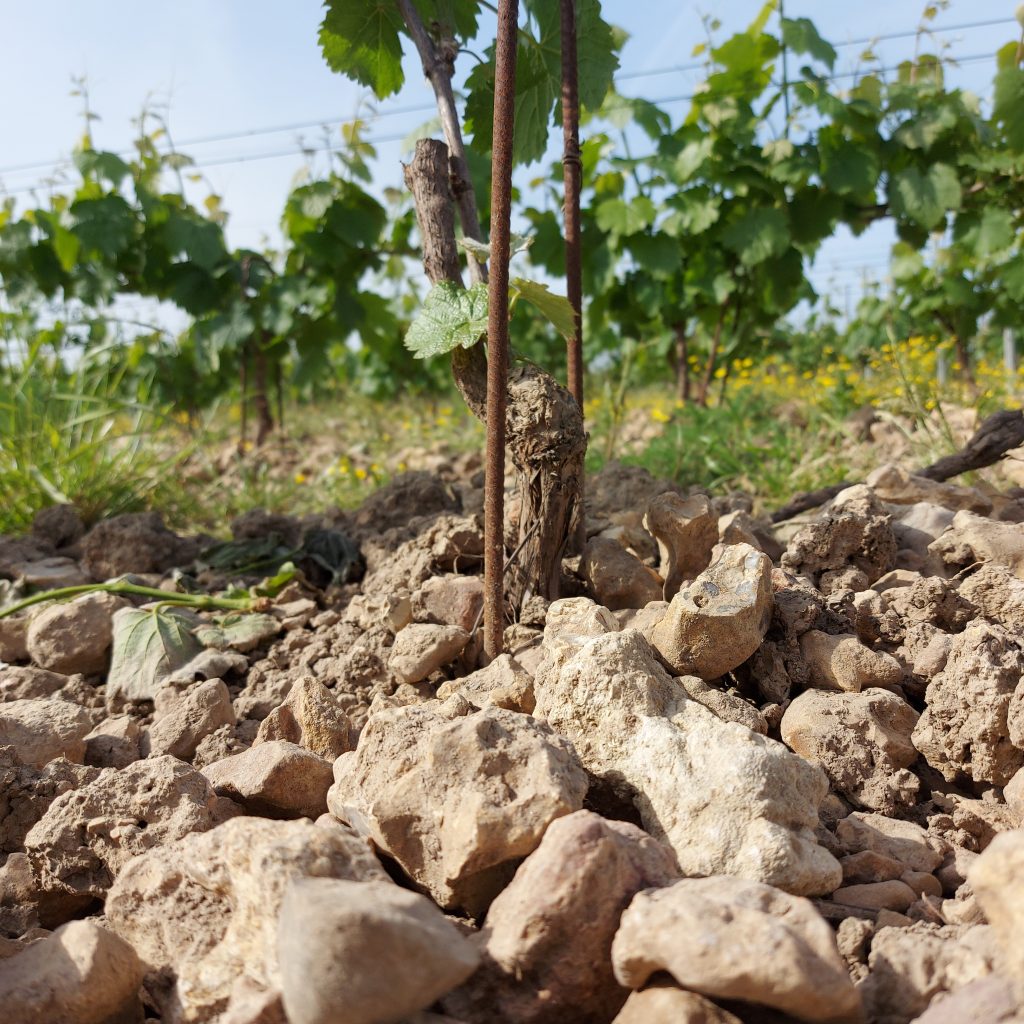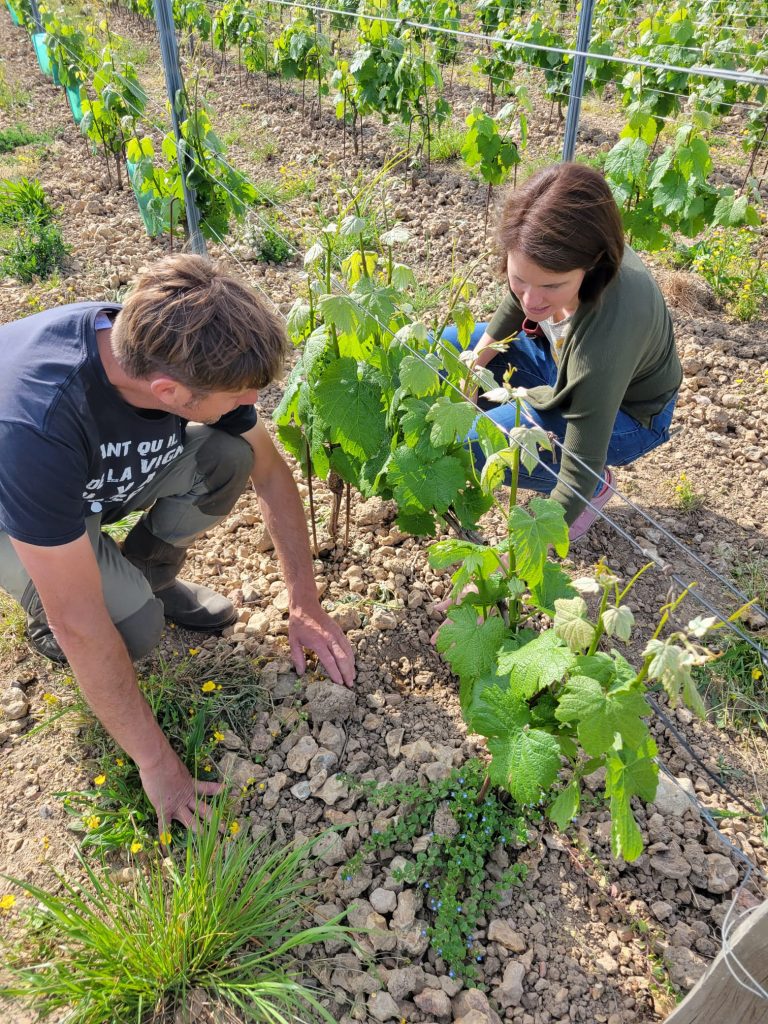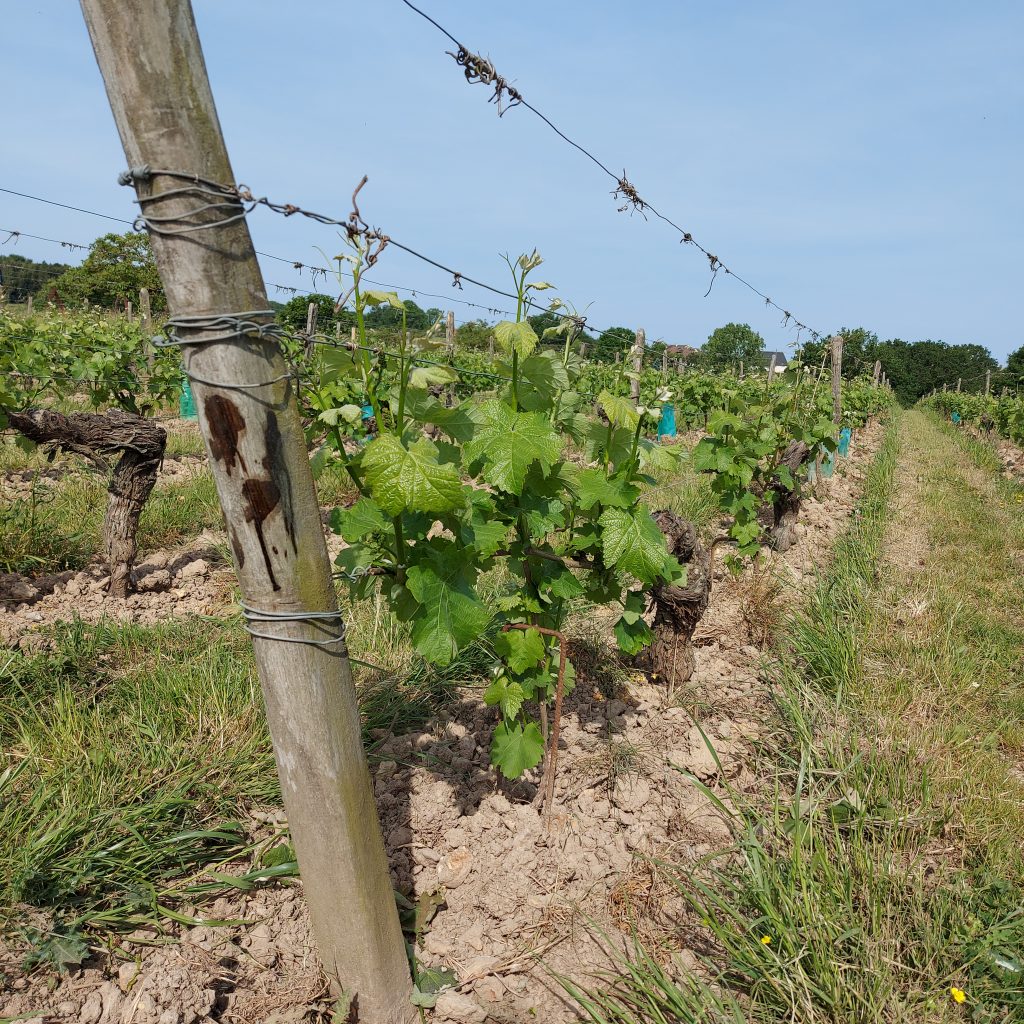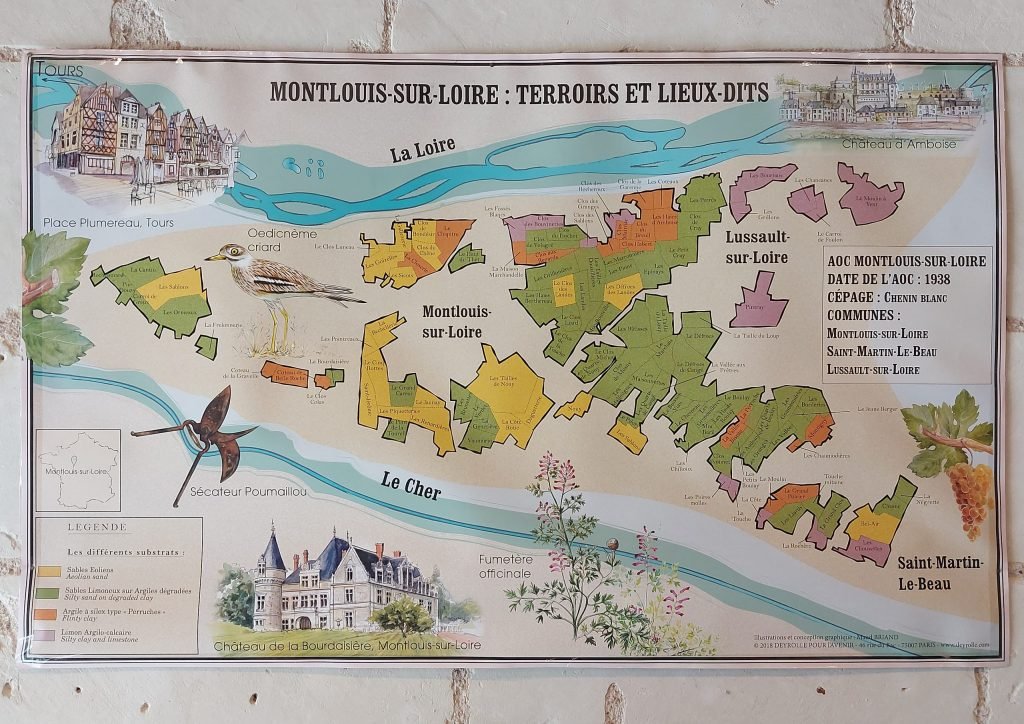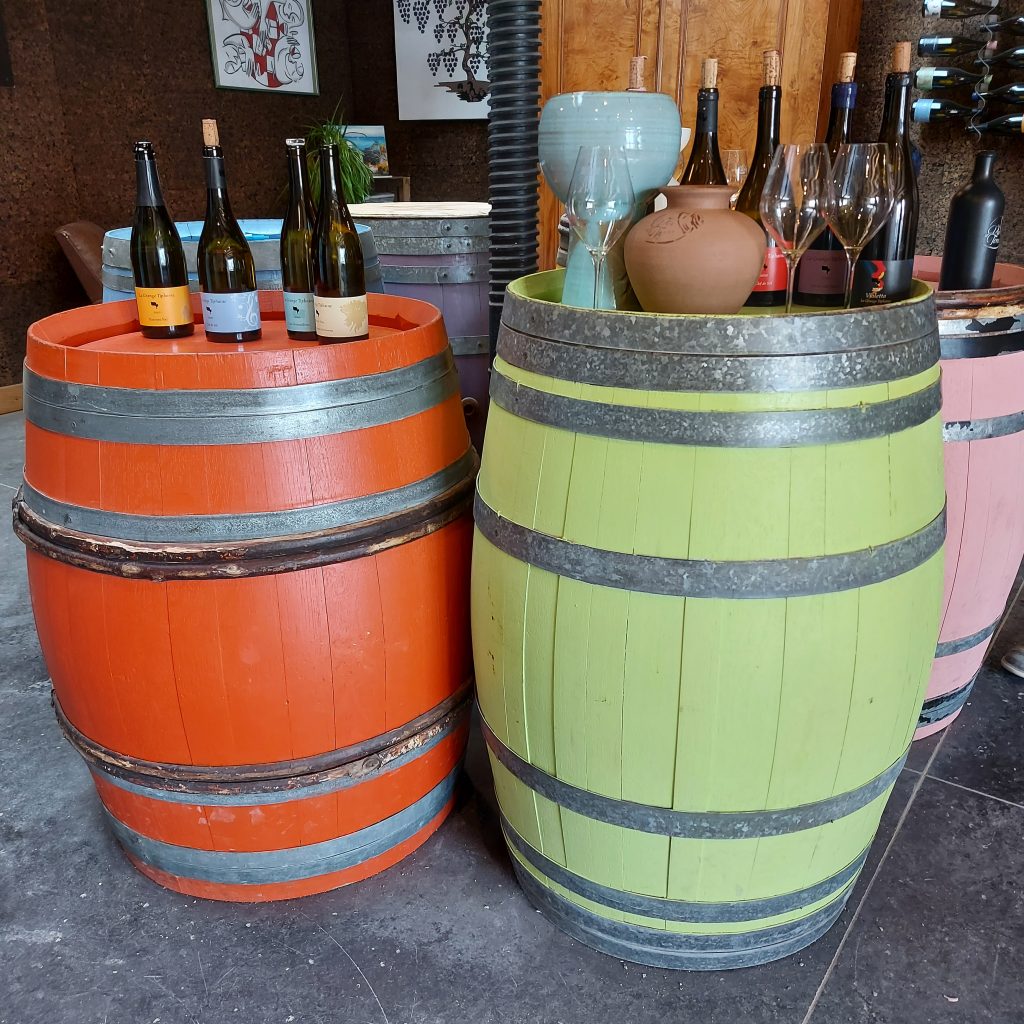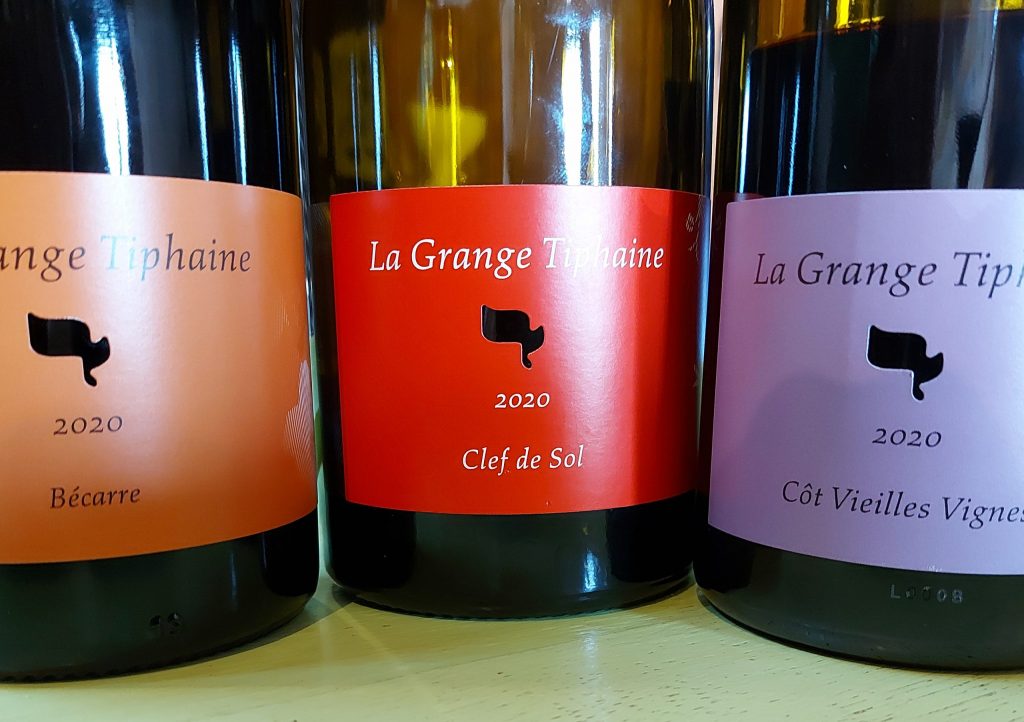Gulfi Wines are proof positive that fresh, balanced Sicilian reds are emerging from even the hottest sectors of the island. Last month, I tuned in to a discussion and tasting with Gulfi owner Matteo Catania to find out what makes his Nero d’Avola wines so compelling. Scroll down for 2019 vintage tasting notes.
In August 2021, the Sicilian city of Syracuse experienced a Europe-wide, record-breaking temperature of 48.8 degrees Celsius. The island is indeed famous for its hot, dry summers. And as global temperatures warm, its heat waves continue to intensify.
Given the scorching climate, it is only natural to assume that the wines must be bold, ripe, heady affairs. Historically, most were, and in some regions, they still are.
However, lighter, fresher wine styles have been cropping up with increased frequency over the past two decades. The high altitude, volcanic terroir of Mount Etna was the first to reveal this potential to a global audience.
Of course, the headlining grape in Etna Rosso wines, Nerello Mascalese, is naturally light in body and high acid. Elsewhere on the island, Nero d’Avola is the reigning red wine variety. It stereotypically produces ultra-ripe, generously proportioned wines with muscular tannins.
Plantings were once concentrated to hot, arid sites in the southeast. Now, they stretch across the island. And, the best Nero d’Avola winemakers are proving that, with the right terroir and techniques, even this most robust of red grapes can produce vibrant, balanced wine styles. Gulfi Cantina is a prime example.
After the death of his father in the late 1990s, Vito Catania returned to the family vineyards around the small hilltop village of Chiaramonte Gulfi in Ragusa. A great lover of Bourgogne wines, Catania came home with the vision of crafting elegant, terroir-expressive wines from select native grapes, on the area’s best vineyard sites.
To bring his dream to fruition, Catania enlisted the help of renowned viticulture and oenology consultant, Salvo Foti. The pair conducted detailed soil and climate analyses throughout the region, leading Catania to acquire over 100 hectares of vineyards.
Today, the Gulfi estate is run by Vito’s son; third generation vigneron, Matteo Catania. The vineyards are concentrated in three main areas: the hilly, calcareous marl vineyards of Chiaramonte Gulfi, the chalky, southeastern area of Pachino Val di Noto, prime terroir for Nero d’Avola, and finally, Mount Etna.
In all three of these areas, cooling influences – whether it be Mount Etna’s high altitude, or lower lying Pachino’s cooling sea breezes – cause temperatures to drop overnight tempering the hot summer days and allowing the grapes to ripen slowly, while retaining refreshing acidity.
Gulfi’s vineyards are dry farmed (aka not irrigated) and planted at densities of over 8,000 vines per hectare, in the island’s traditional “Alberello” bush vine style. According to Matteo, these practices are the key to producing wines expressive of each site
Without irrigation, the vines are obliged to dig deep into their marl or limestone bedrocks for sustenance. This struggle for nourishment, combined with high-density planting, means that the vines produce less, yet more qualitative fruit with greater flavour concentration and complexity.
Chemical pesticides and herbicides were prohibited on the estate long before the winery committed to certified organic viticulture. Today, the vineyards are farmed biodynamically, under the continued guidance of consultant Salvo Foti.
Last month, I had the pleasure of listening to Matteo Catania wax lyrical about his family’s vision, while tasting the (fermented) fruits of their labour.

Gulfi “Valcanzjria” IGT Sicilia Bianco 2020 (Sicily, Italy) – 90pts. PW
More commonly found on the slopes of Mount Etna, Gulfi is one of the rare estates to cultivate Carricante in southeastern Sicily. Here, the grape is blended with Chardonnay and a touch of lesser-known native grape, Albanello. The blend is vinified with native yeast in stainless steel tanks, then aged on its fine lees for eight months before bottling.
Enticing notes of preserved lemon, wild thyme, chamomile tea, and wet stone gain in nuance and intensity over time in the glass. The palate is nervy and tensile, with lively acidity echoed by citrussy, herbal flavours. Hints of eucalyptus linger on the dry, fresh finish.
Where to Buy: SAQ ($26.35, Code SAQ 14947271).
Gulfi “Rossojbleo” IGT Sicilia Rosso 2019 (Sicily, Italy) – N/A
The Nero d’Avola vineyards for the Rossojbleo cuvée are planted on the lower slopes of southeastern Sicily’s Hyblaean Mountains at 450 metres altitude. Nearby forests and gentle marine breezes temper the hot local climate, allowing the grapes to ripen more slowly. The clay-rich soils are laced with limestone sediments and sand.
This is the estate’s more affordable Nero d’Avola red wine. To accentuate its fresh, easy-drinking character, the grapes are fermented at moderate temperatures in stainless steel tanks and aged for seven to eight months in the same vessels.
While my sample was unfortunately corked, I have enjoyed many vintages of this medium bodied, juicy, dark fruited red with its earthy undertones, ripe tannins, and subtle hint of bitter cherries.
Where to Buy: SAQ ($22.90 $, Code SAQ: 14923990).
Gulfi Cerasuolo Di Vittoria Rouge 2019 (Sicily, Italy) – 93pts. PW
Cerasuolo Di Vittoria is Sicily’s only vineyard area ranked DOCG; the highest appellation status in Italy. The wines here are made from a blend of Nero d’Avola and Frappato grown in prime, south-facing, low yielding vineyards of clay-limestone at 420 metres altitude.
In this cuvée, Matteo uses equal parts Nero d’Avola and Frappato to produce a lighter, fresher, pure fruited wine style. The blend undergoes a long, slow maceration, followed by eight months’ ageing in tank. After bottling, the wine is held back for a further eight months to integrate.
Alluring notes of fresh dark cherry, plum, and black currant mingle with aromas of dried herbs and almond essence on the nose. The palate is lively throughout, lifting the robust palate, and underscoring the cranberry and dark fruit flavours. Ripe, ever-so-slightly grippy tannins frame the long finish. Decant for an hour and serve chilled down to 16 – 18c.
Where to Buy: SAQ (34.50, Code SAQ: 14044848)
Gulfi “Nerojbleo” Nero d’Avola IGT Sicilia Rosso 2019 (Sicily, Italy) – 91pts. PW
This was the very first wine produced by the Gulfi estate and remains their flagship wine. The cuvée is named for the grape, Nero d’Avola, and the mountains (Jbleo in Italian) where the vineyards are located. It is the premium iteration of the Rossojbleo wine, made from the area’s best, south-west facing red clay plots.
The Nero d’Avola grapes undergo a long, slow maceration in tank and are then aged for one year in a mix of small French oak barrels and larger casks. After bottling, the wine is held back for a further eight months to integrate.
Very open and fragrant, with blueberry, floral, and balsamic aromas over peppery, savoury nuances. Brisk acidity matches the firm structure and tart red and black fruit flavours on the palate. Finishes with ripe, muscular tannins and pleasantly warming eaux-de-vie hints, well integrated with lingering fruity, savoury notes.
Where to Buy: SAQ ($28.00, Code SAQ 13437391)
Gulfi wines can be found in Ontario through the Charlie’s Burgers Wine Program.
This article is a re-print of my recent Gulfi Wines article for Good Food Revolution. Want to learn more about artisanal food, wine, beer and spirits.? Check out their excellent website.

